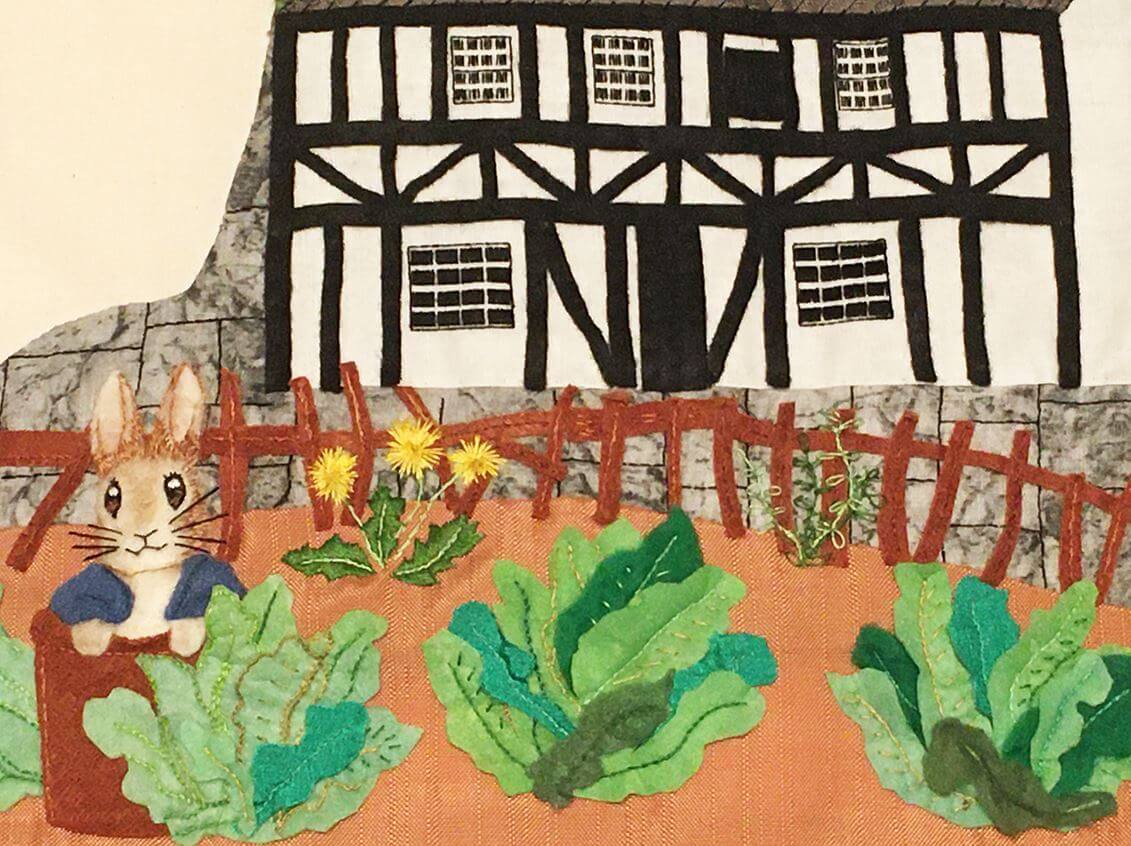Supporters of Embroidery

David Morrish
I have always struggled how to describe myself to others as my work crosses many disciplines, often combines a variety of techniques and processes, manipulates materials and always tries to offer something new and different to the world... currently I prefer to say, I am a Disruptive Designer. As a senior fashion academic at Sheffield Hallam University my role is to educate and inspire others in the realms of fashion, art & design, nurturing and encouraging the next generation of creatives, a roll I truly love. For the last two years I have been studying for a postgraduate degree in Fashion & Textiles at Nottingham Trent University where my work in centralised around mens’ tailoring, embroidery and collaborative, participatory design approaches. In 2019 I was awarded the Wilcom Digital Embroiderer of the year award as part of the Hand & Lock annual embroidery competition and for 2020/21, I am honoured to have been selected as Embroiderers’ Guild Scholar.


Currently I am working in collaboration with the members from the Sheffield branch of the Embroiderers Guild to produce a Bayeux Tapestry inspired embroidery art piece that highlights a global issue while also promoting embroidery as craft. The piece is inspired by the physical format and storytelling concept of the Bayeux Tapestry involving multilayers of meanings and many contributors working together to capture a period in time. My piece adopts these principles applying them to the Brathay Windermere Marathon 2019, to document the discarded litter that I spotted at each mile point when running around the 26.2mile perimeter of Lake Windermere, a World Heritage Site for Natural Beauty. The 26.2ft embroidered art piece was split into 1ft sections with myself and 20 guild members working individually, interpreting the identified litter with its found surroundings. Each participant was giving the freedom to fuse the two elements in any style(s) of their choosing, utilising various embroidery techniques and colours, bringing a very personal and individual aspect to the piece, just like the spectators enhancing a marathon event from the road side. When combined the art piece forms the elevation map of the marathon itself, with the beginning and end aligning to form a connected loop (The route). Initially the viewer will be intrigued by the sheer scale, styles of interpretations, colours and textures of the piece, but upon closer inspection will begin to spot signs of littering that is somewhat spoiling the beauty… just like littering does in our own habitat. This piece can provoke a range of audience emotions depending on the depth of study and analysis, ranging from inspired and joy to anger and sadness.


I truly believe Embroidery magazine has a vital role to play in the fashion and textiles world, not only to keep this craft alive, but to educate, inspire and to encourage its evolution. It covers traditional techniques, historical case studies, equipment, technology developments, courses, what’s on, exhibitions, competitions as well as case study articles that showcase embroidery in non-obvious or predictable contexts, it crosses creative boundaries to show embroidery in unexpected forms. For me, I love the case study features of artists who use embroidery in their work as I feel it triggers my creative thought process and I start to question my approach to design and make. The magazine does not force articles into one page or part of a page and allows images to be fully appreciated large scale, even if this takes a whole page itself. The articles do not feel rushed and as a reader one is able to get close up to really appreciate the skill and detail of the artist’s work. As a student this magazine is a valuable source for reference and inspiration, helping to break through creative blocks. As a teacher it is a valuable source to inspire and break down any preconceptions on what embroidery is and what embroidery can be. An excellent article example of this was in the Back to Life feature of Swedish artist Ulla-Stina who upcycles unwanted discarded objects and uses embroidery and mixed media in an incredible way to give them a second (And often more valuable) life. Her work resurfaces found objects that you would not expect to be covered and thus breaks down all barriers, suggests alternative applications for this artform and highlights the importance of sustainability and human behaviours. A truly thinking outside the box inspirational case study.
Visit David's Instagram to learn more about his work: www.instagram.com/kingflytailoring/



